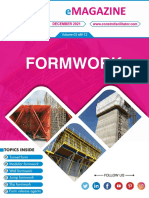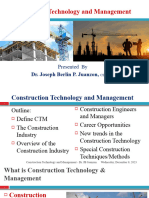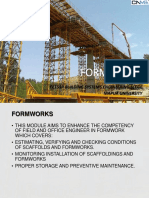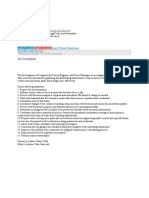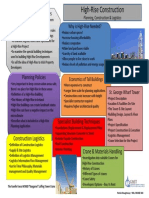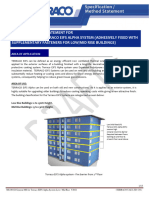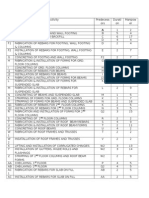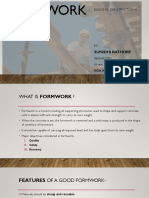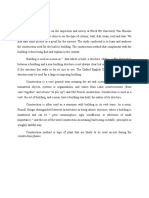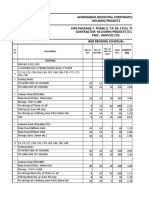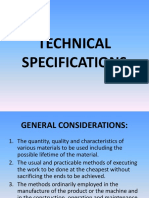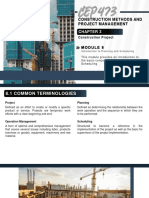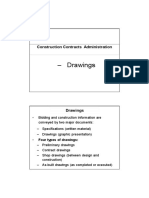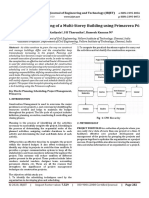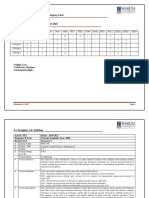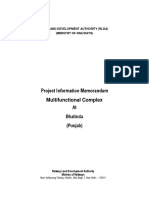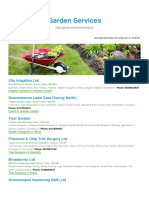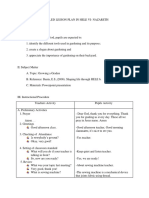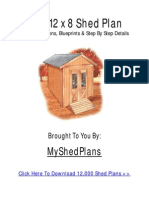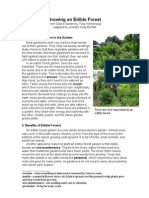0% found this document useful (0 votes)
239 views55 pagesForm Work
Formwork is a temporary structure used to hold wet concrete in shape until it hardens. There are various types of formwork classified by size, location of use, materials, and nature of operation. Key considerations for choosing formwork include the complexity of construction, design requirements, and ensuring the formwork is strong, rigid, accurately set, and allows easy removal without damaging the concrete structure. Proper use of formwork is essential for efficiently and cost-effectively casting concrete structures on construction projects.
Uploaded by
Pallav Paban BaruahCopyright
© © All Rights Reserved
We take content rights seriously. If you suspect this is your content, claim it here.
Available Formats
Download as PPTX, PDF, TXT or read online on Scribd
0% found this document useful (0 votes)
239 views55 pagesForm Work
Formwork is a temporary structure used to hold wet concrete in shape until it hardens. There are various types of formwork classified by size, location of use, materials, and nature of operation. Key considerations for choosing formwork include the complexity of construction, design requirements, and ensuring the formwork is strong, rigid, accurately set, and allows easy removal without damaging the concrete structure. Proper use of formwork is essential for efficiently and cost-effectively casting concrete structures on construction projects.
Uploaded by
Pallav Paban BaruahCopyright
© © All Rights Reserved
We take content rights seriously. If you suspect this is your content, claim it here.
Available Formats
Download as PPTX, PDF, TXT or read online on Scribd
/ 55


